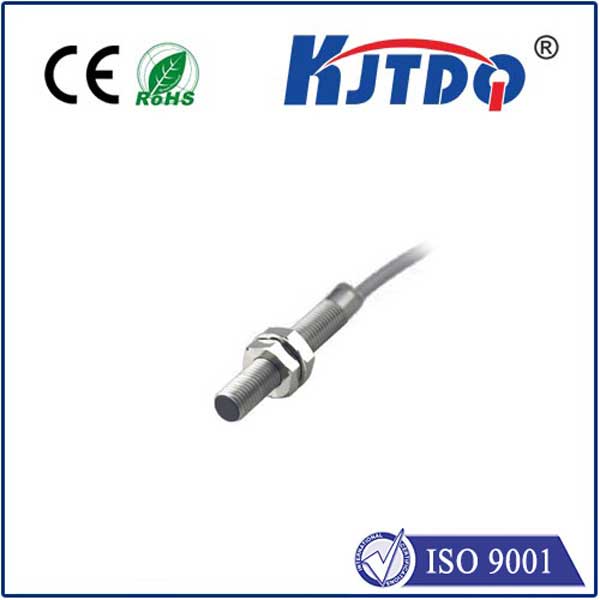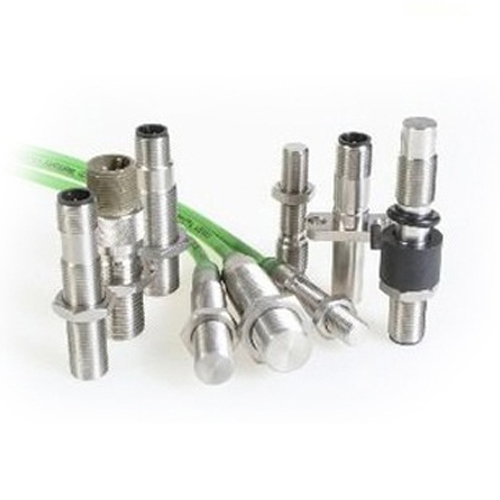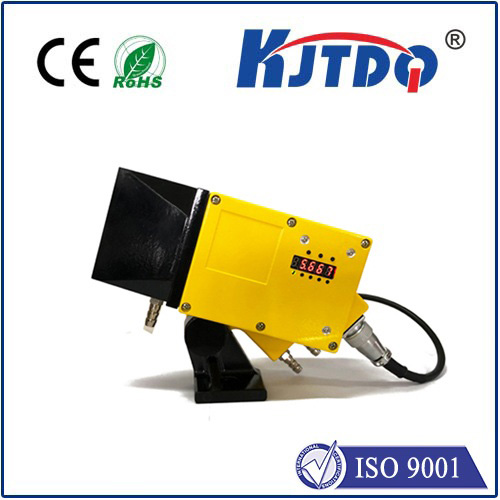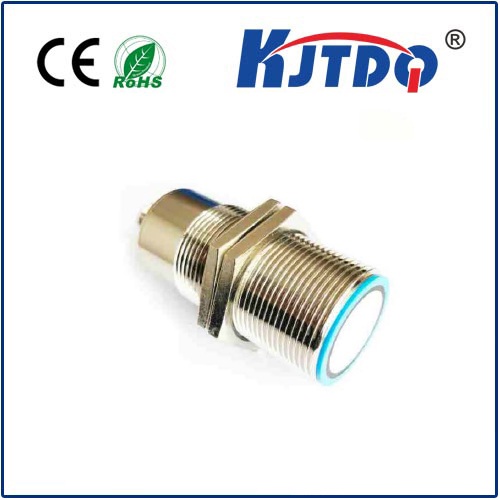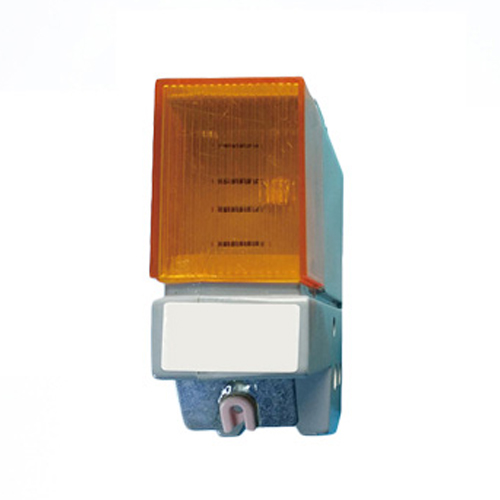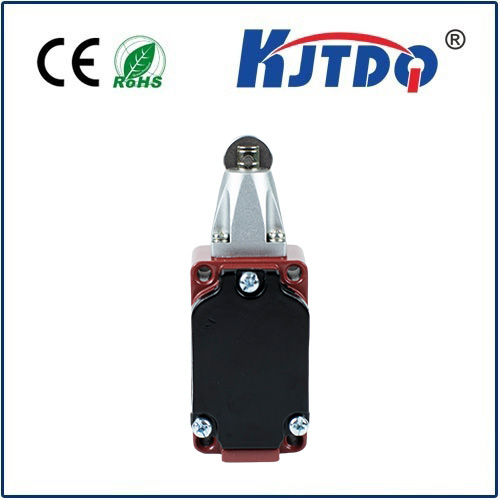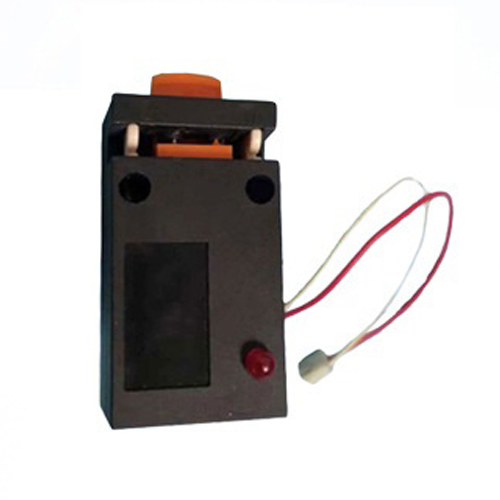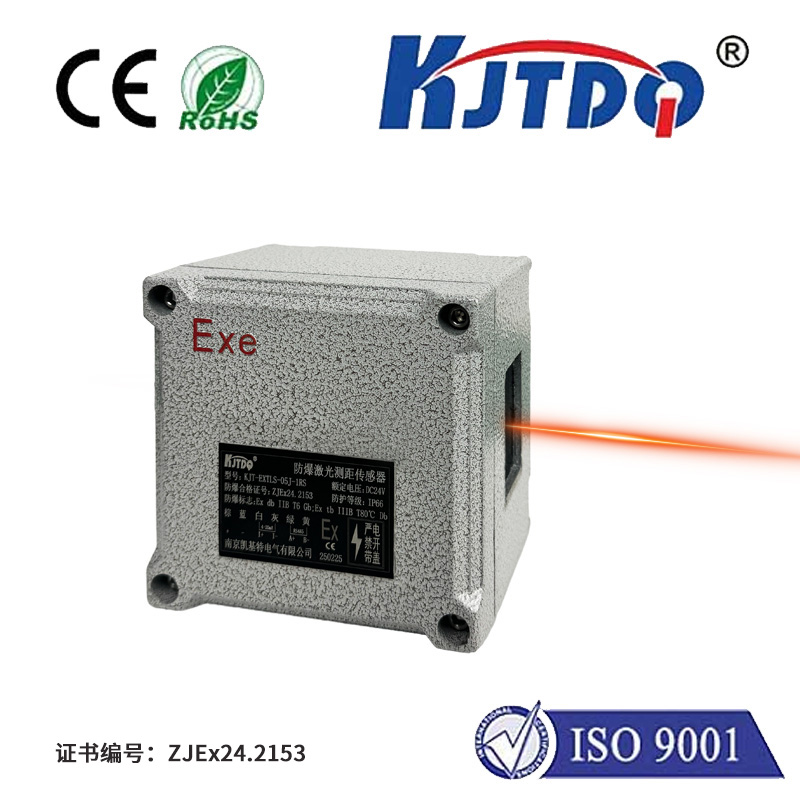HRPK-20-35 Pull rope switch
- time:2025-09-23 04:37:42
- Click:0
The Unsung Hero of Conveyor Safety: Demystifying the HRPK-20-35 Pull Rope Switch
Imagine the relentless hum of a production line, miles of conveyor belts snaking through facilities in mines, ports, power plants, or factories. Now, picture a sudden jam, a worker caught in machinery, a critical component failing. In these heart-stopping moments, seconds count. Accessible, reliable emergency stops aren’t just convenient; they are lifesavers. This is where a critical component like the HRPK-20-35 Pull Rope Switch steps in – often unnoticed but absolutely indispensable for industrial safety. Let’s explore why this specific device is a cornerstone of responsible operations.
Beyond the Buzzword: Understanding Pull Rope Switches
A pull rope switch, also known as a safety pull cord or emergency stop cord, is a fundamental and globally recognized safety mechanism. Its principle is elegantly simple: it provides a continuous, easily accessible “pull wire” or rope running parallel to a conveyor belt or hazardous machinery zone. When an emergency arises anywhere along this line, any person can instantly pull the rope. This actuation triggers the pull rope switch, immediately sending a signal to shut down the connected drive motor(s) or machinery. Its purpose is singular and vital: to halt potentially dangerous motion swiftly whenever human intervention is required to prevent injury, damage, or catastrophe.
Why are they so critical?

- Accessibility: Pull rope switches offer a massively accessible emergency stop point over potentially vast distances. Workers don’t need to sprint to a fixed control panel.
- Speed: Activation is near-instantaneous. Pulling the rope directly initiates the shutdown command.
- Simplicity: The operation is intuitive – pull to stop. No complex procedures during panic.
- Versatility: They are applicable across diverse industries: mining, aggregate, cement, grain handling, packaging, logistics, and more.
The HRPK-20-35: A Robust Solution for Demanding Environments
Within the spectrum of pull rope switches available, the HRPK-20-35 designation signifies a specific, robust model designed for reliability and compliance. While exact specifications can vary slightly by manufacturer, this designation typically implies several key characteristics crucial for industrial use:
- Rugged Construction: Built to withstand harsh environments – dust, moisture, vibration, impact, and wide temperature swings are common in conveyor applications. Expect robust enclosures made of die-cast aluminum or heavy-duty plastic, offering excellent IP protection ratings (like IP65 or higher) against ingress.
- Manual Reset Capability: Crucially, after an emergency stop event is triggered by pulling the rope, the HRPK-20-35 typically requires a manual reset. Someone must physically go to the unit, often rotate a knob or release a mechanism, to reset it. This prevents accidental or unauthorized restarting of the machinery before the cause of the emergency has been investigated and resolved, adding a vital layer of safety. Automatic reset models exist but are generally unsuitable for personnel safety applications.
- Reliable Switching Mechanism: Inside the HRPK-20-35 housing lies a dependable switch mechanism (like a heavy-duty snap-action switch). This is rated for the electrical demands of cutting power to conveyor motors or safety circuits. Look for robust contact ratings suitable for both AC and DC control voltages commonly found in industrial settings (e.g., 110VAC/240VAC, 24VDC). Positive Break Operation (contacts forcibly opened upon actuation) is essential for safety integrity.
- Clear Visual Indication: Most HRPK-20-35 units feature prominent visual indicators (often brightly colored flags or rotating elements) that clearly show whether the switch is in its normal operating state (“Run”) or has been tripped (“Stop” or “Trip”). This allows for quick visual confirmation along the line.
- Compliance Focus: A properly designed and installed HRPK-20-35 switch helps meet stringent machinery safety standards like OSHA (Occupational Safety and Health Administration) requirements in the US, EN 620 / ISO 13850 globally (specifically concerning emergency stop functions), and other regional industrial safety directives. Its manual reset function is often a key compliance requirement for these standards.
Installation & Placement: Maximizing the HRPK-20-35’s Effectiveness
The mere presence of a pull rope switch isn’t sufficient. Its effectiveness hinges critically on correct installation and strategic placement:
- Accessibility is Paramount: The pull rope must be easily reachable from any point along the guarded length. This typically means installing it within easy arm’s reach (approx. 300-800 mm) above the walkway or platform, parallel to the conveyor path. It should never be obstructed by machinery, pipes, or stored materials.
- Tension & Sag: The pull rope cable or wire must be installed with appropriate tension – sufficient to prevent excessive sagging which could hinder a clean pull, but not so tight that it hinders the switch mechanism or causes premature wear. Manufacturers provide specific guidelines for maximum allowable sag.
- Secure Mounting: Each HRPK-20-35 switch unit along the run must be securely mounted to a stable structure using appropriate hardware, able to withstand the forces applied during rope actuation.
- Corner Pulleys: At direction changes, robust pulleys with low-friction bearings are essential to minimize pull force and ensure smooth operation even at bends.
- Terminations & Wiring: Electrical wiring must be performed by qualified personnel, adhering strictly to local electrical codes. Terminal connections must be secure, and cable entries properly sealed to maintain the enclosure’s IP rating. The switch is typically wired directly into the motor starter’s safety circuit or the machine’s main safety control system (e.g., Safety Relay, PLC Safety Inputs) to guarantee immediate power cut-off.
The Critical Role of Maintenance and Compliance
Like any safety-critical component, the HRPK-20-35 pull rope switch requires regular attention to perform its life-saving function reliably:
- Regular Functional Testing: Periodic testing is mandatory. This involves deliberately pulling the rope at various points along the length to verify the entire system – rope, pulleys, and every switch unit – reliably triggers the machine shutdown and that the manual reset functions correctly after each test.
- Visual Inspections: Routinely check for damage to the rope/cable (kinks, frays, corrosion), the switch housings (cracks, missing parts, seals intact), pulleys (free rotation, damage), mounting hardware (looseness), and visual indicators (functionality). Ensure the rope path remains completely unobstructed.
- Environmental Considerations: In highly abrasive, corrosive, or explosive (ATEX/DSEAR) environments, ensure the specific HRPK-20-35 model selected and its components are appropriately rated. Extra diligence in maintenance is needed in such conditions.
- Record Keeping: Document all testing and inspections. This provides proof of due diligence and helps track the system’s health over time.
Conclusion: A Vital Investment in Safety Culture
The HRPK-20-35 Pull Rope Switch is much more than just a component number on a schematic. It embodies a fundamental principle of industrial safety: providing workers with immediate, unambiguous control over dangerous machinery in an emergency. Its robust design, reliance on manual reset, proven reliability, and alignment with international standards make it a cornerstone technology for protecting personnel and assets






